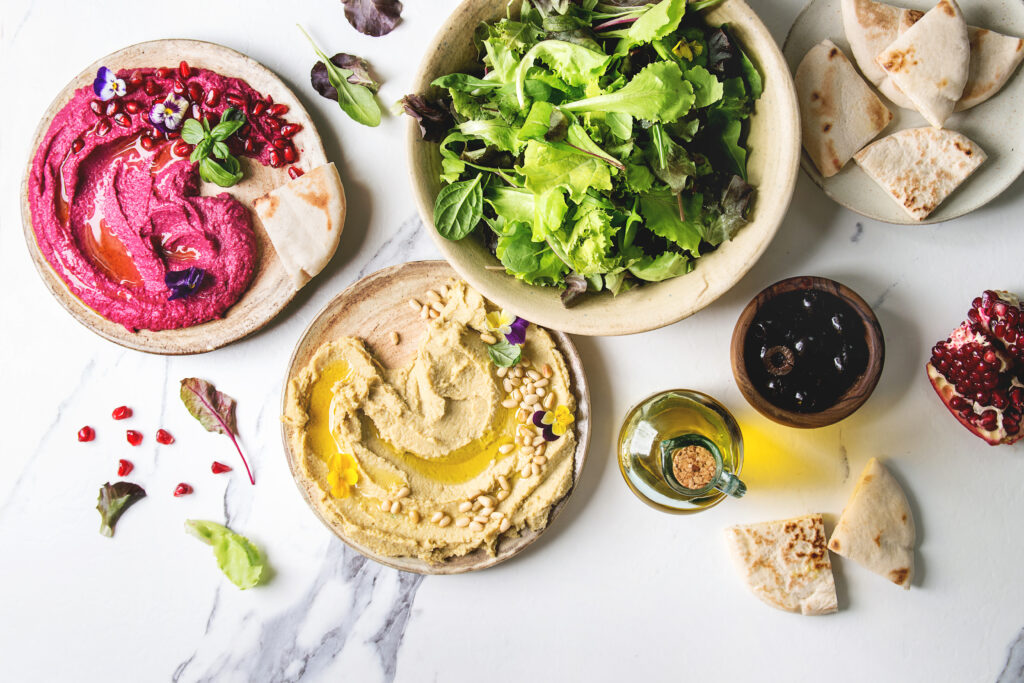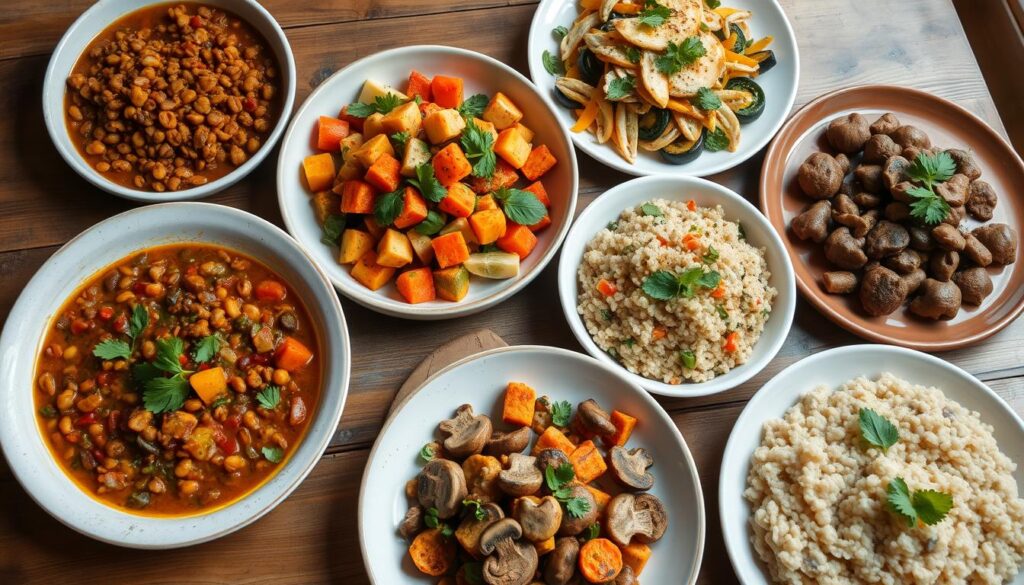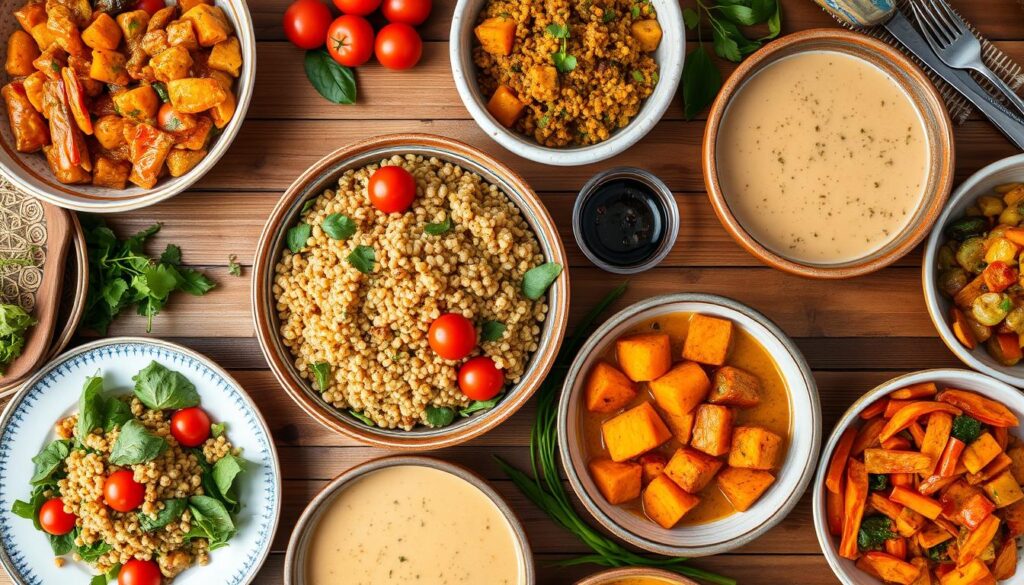The intersection of veganism and zero-waste living creates a powerful opportunity to minimize our environmental impact while enjoying delicious, wholesome food. By approaching our kitchen with mindfulness and creativity, we can transform what might typically be considered “waste” into nutritious and flavorful dishes. Let’s explore how to make the most of every ingredient while creating minimal waste.
Understanding Zero-Waste Cooking
Zero-waste cooking is about more than just using reusable bags at the grocery store – it’s a holistic approach to food preparation that considers the entire lifecycle of our ingredients. From shopping to storage, preparation to preservation, every step presents an opportunity to reduce waste and maximize resources.
The Foundation: Smart Shopping
The journey to zero-waste cooking begins before you even enter the kitchen. Smart shopping practices form the foundation of waste reduction:
Bulk Buying: Bring your own containers to fill with bulk ingredients like grains, legumes, and nuts. This eliminates packaging waste while allowing you to buy exactly the amount you need.
Produce Selection: Choose “ugly” produce that might otherwise go to waste. These imperfect fruits and vegetables are just as nutritious but often end up discarded due to cosmetic standards.
Root-to-Stem Cooking
One of the most impactful ways to reduce kitchen waste is to use every part of your produce:
Carrot Tops: Don’t toss those fresh carrot greens! They make a flavorful pesto when combined with garlic, olive oil, and nuts. This vibrant sauce can be used on pasta, as a spread, or as a dip.
Broccoli Stems: The often-discarded stems can be transformed into delicious slaw, stir-fries, or soup base. Peeled and sliced thinly, they offer a sweet, mild flavor and plenty of nutrition.
Creative Recipes for Kitchen Scraps
Transform common kitchen scraps into delicious dishes:
Vegetable Stock: Save vegetable trimmings throughout the week in a freezer bag. When the bag is full, simmer the scraps with water and seasonings to create flavorful stock for soups and cooking grains.
Apple Core Vinegar: Instead of composting apple cores and peels, ferment them with sugar and water to create your own apple cider vinegar. This process takes a few weeks but results in a versatile kitchen staple.
Citrus Peel Candy: Save citrus peels to make candied citrus strips or dry them for tea. The peels can also be infused in vinegar for cleaning solutions.
Preservation Techniques
Extend the life of your produce and reduce waste through various preservation methods:
Fermentation: Transform excess vegetables into probiotic-rich fermented foods. Kimchi, sauerkraut, and pickled vegetables are delicious ways to preserve produce.
Dehydration: Use a dehydrator or low-temperature oven to dry fruits, vegetables, and herbs. These make great snacks and cooking ingredients.
Freezing: Properly freeze excess produce at peak ripeness for future use. This is particularly useful for berries, herbs, and prepared meals.
Zero-Waste Kitchen Essentials
Success in zero-waste cooking requires some basic tools:
Storage Solutions:
- Glass jars of various sizes
- Airtight containers
- Beeswax wraps or vegan alternatives
- Silicone storage bags
- Mesh produce bags
Kitchen Equipment:
- High-powered blender
- Food processor
- Dehydrator (optional)
- Composting system
Meal Planning for Minimal Waste
Strategic meal planning helps minimize waste:
Weekly Planning: Create meal plans that use similar ingredients in different ways throughout the week.
Inventory Management: Regular inventory checks help prevent food from being forgotten and spoiling.
Leftover Strategy: Plan specific ways to use leftovers in subsequent meals.
Beyond Cooking: Kitchen Sustainability
Zero-waste principles extend beyond food preparation:
Cleaning Solutions: Create natural cleaning products using kitchen scraps like citrus peels and vinegar.
Composting: Set up a composting system for any truly unusable scraps.
Seasonal Considerations
Adapt your zero-waste practices to the seasons:
Summer Abundance:
- Preserve excess produce through canning and freezing
- Create fermented vegetables
- Dry herbs and fruits
Winter Planning:
- Use preserved foods creatively
- Focus on root vegetables
- Sprout seeds and grow microgreens
Common Challenges Solved
Address typical zero-waste cooking challenges:
Storage Issues:
- Proper storage techniques for different ingredients
- Managing limited space
- Organizing preserved foods
Time Management:
- Batch processing techniques
- Efficient preservation methods
- Quick recipes for using scraps
Building Community
Share your zero-waste journey:
- Exchange excess produce with neighbors
- Share preservation techniques
- Organize community composting
- Create recipe swap groups
Impact Tracking
Monitor your progress:
- Track waste reduction
- Document cost savings
- Share success stories
- Calculate environmental impact
Remember that zero-waste cooking is a journey, not a destination. Start with small changes and gradually incorporate more waste-reduction techniques as you become comfortable with them. Every small step contributes to a more sustainable future. Share your zero-waste cooking adventures with #ZeroWasteVegan #SustainableCooking #VeganLife.






